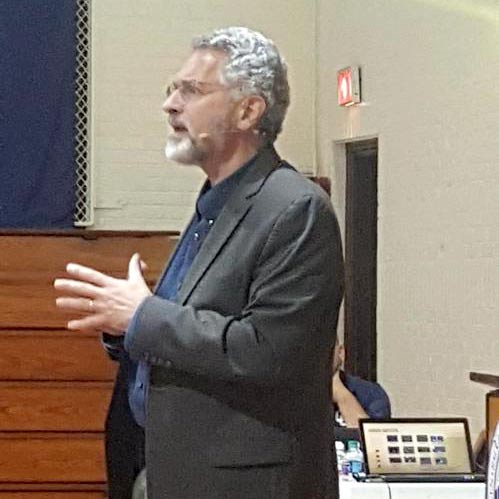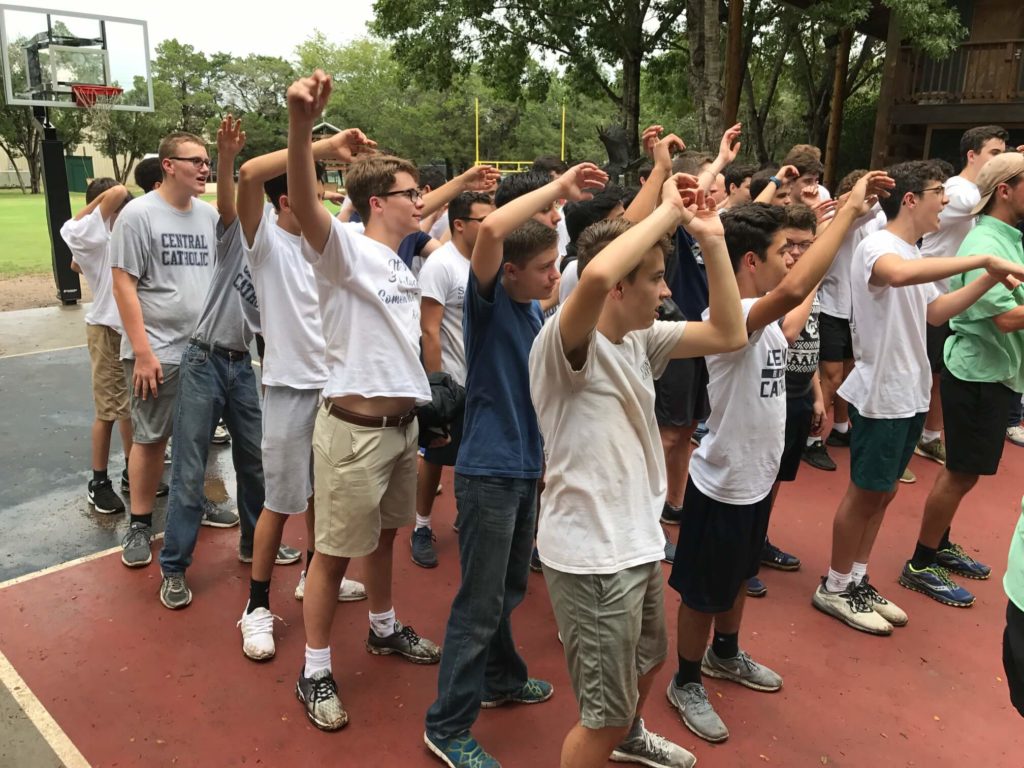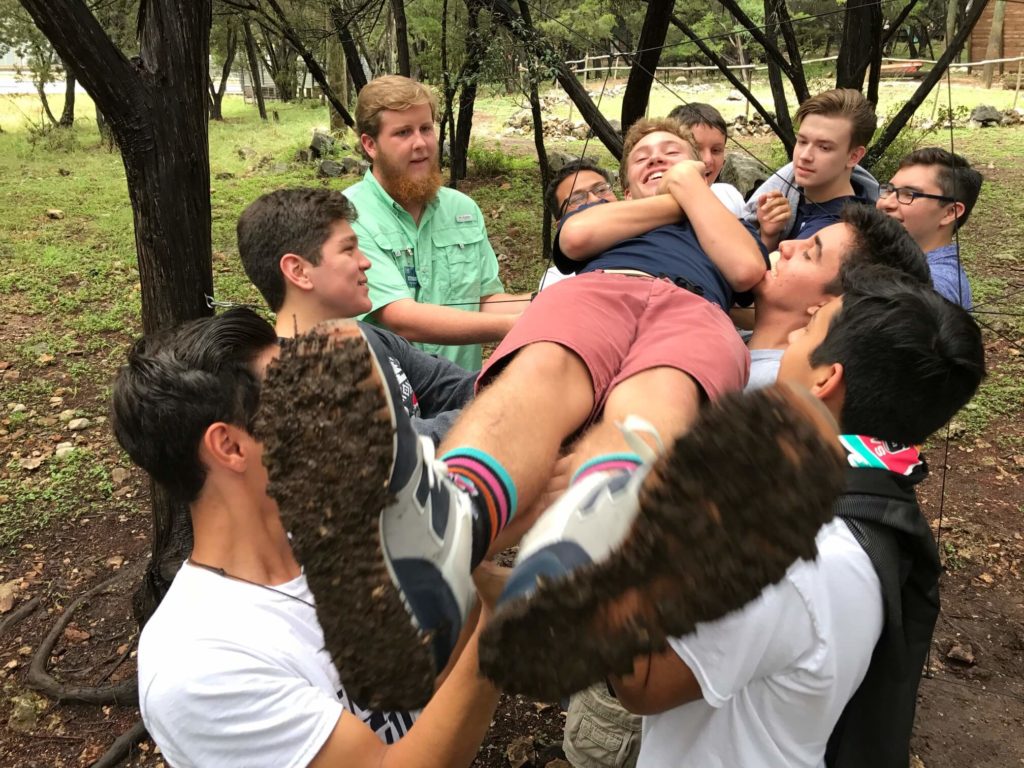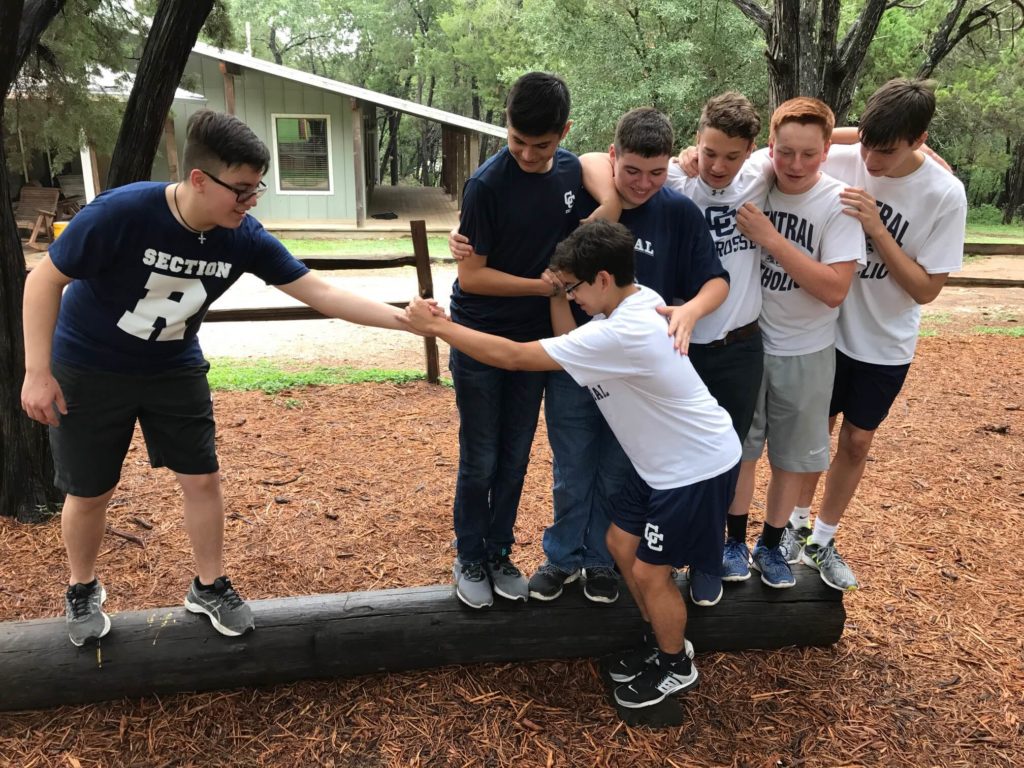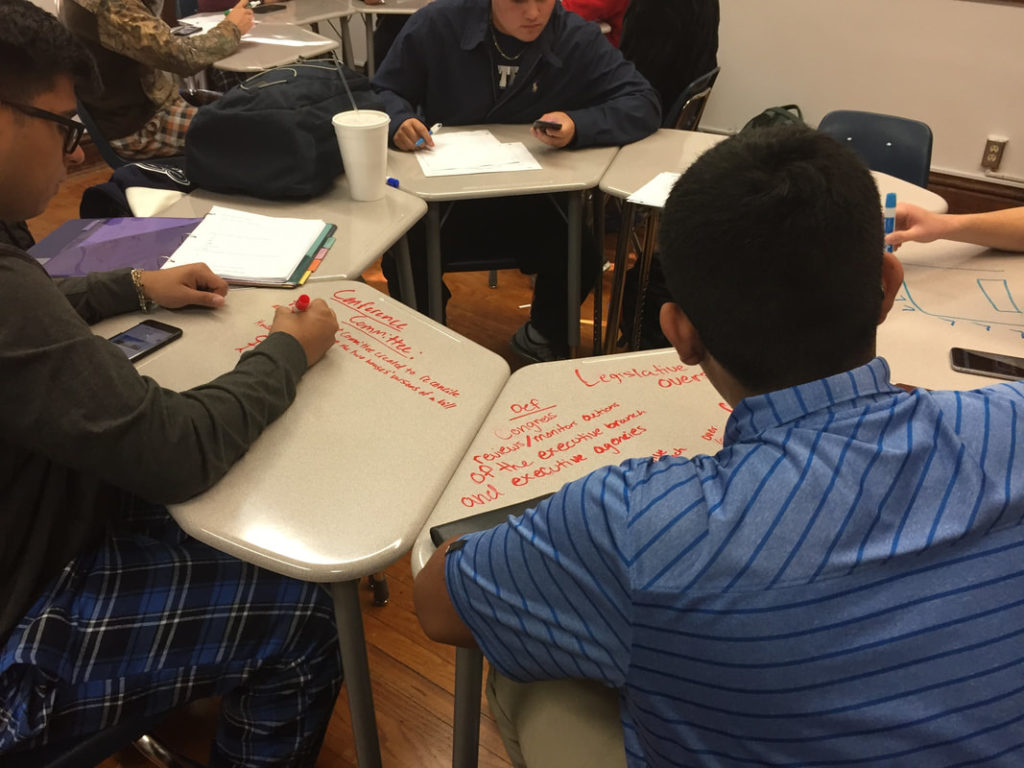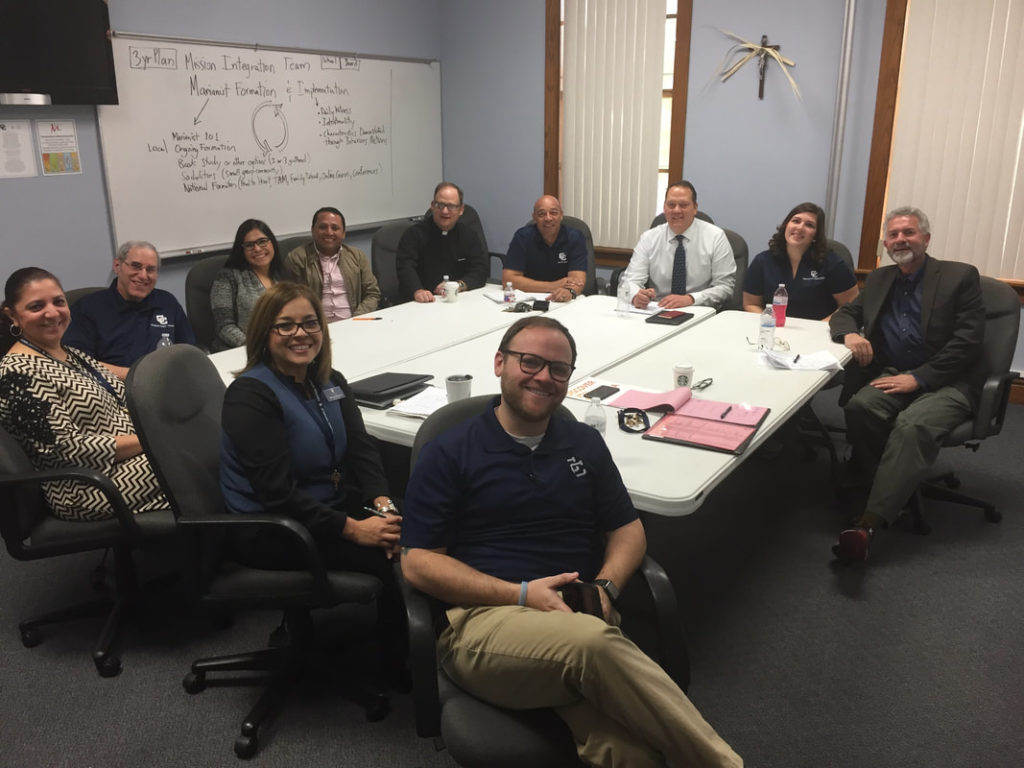Last week, Dr. Jim Weber and I visited classrooms at Central Catholic High School in San Antonio, Texas. Central Catholic, a school for boys in the Marianist tradition, is more than 150 years old and deeply committed to raising boys into men of service. In the last decade, GI has been honored to partner with the school as CC became a Gurian Institute Model School six years ago and Center for Excellence in Educating Boys and Girls two years ago.
We cannot be more impressed with the powerful work being done there. It shows in the community, among staff and administrators, among the parent body, and among the students themselves. Visiting thirteen classrooms and also meeting with students, administrators, and faculty, Dr. Weber and I saw first-hand the power of strategic and systemic boy-friendly education.
As President of Marianist University, Paul Garro, told me, “Our identity as a school is linked to our Marianist roots, single gender education, and best practices for boys and their families. We are devoted to this cause.” This devotion shows in classrooms, offices, hallways, the gym and grounds, data and test scores, and very importantly, buy-in among parents and kids.
Principal of the school, Eddie Ybarra, who initially contacted GI seven years ago, told me, “I believe we have the ‘secret sauce’–a single gender education. For this kind of education to work, as you know, we did a deep dive into brain-friendly teacher development, which has led to our teachers—who were already very instinctive in understanding boys–taking that understanding to the next level.”
GI Master Trainer and Indiana educator, Dr. Jim Weber, who provided classroom observations with me, agreed. “The most impressive thing here is the combination of the commitment to educating boys as boys and the buy-in to theory and practical strategies that really work.”
Jim and I met with five seniors to interview them on their experiences at Central Catholic over the last four years. All of them agreed that “something really good has been happening here since we were freshmen.” One of them said, “The teachers and staff let us move around more, learn in our own ways, and don’t stress as much now about how we learn. We’re definitely learning better.”
We saw these innovations throughout the classrooms. In Velma Uriegas’ English class, for instance, the boys debated different parts of The Scarlet Letter in a motivating competition format that inculcated the book’s subtle ideas into their minds.
In Mr. Nelson’s World Government class, the boys led one another in brain breaks that gently and powerfully compelled each boy, even the shy ones, to move from follower to leader and back again.
In Mrs. Winston’s Geometry class, the boys created visual objects and spatial systems on the walls and ceiling that impressed geometric principles into the brain kinesthetically: moving book learning to deeper learning.
In Mr. Cassler’s English class, the boys augmented “book reports” with visual art and symbolic graphic essays about The Lord of the Flies.
In a national landscape in which there seems to be a battle between coeducation and single gender education, Central Catholic shows me two things.
First: good education can happen in any setting, whether coed, single gender, or any other. When the learning minds of boys and girls are deeply understood, teachers innovate on behalf of their students. Central Catholic has been committed since its inception to understanding the learning minds of boys, and that commitment—that devotion—has positively affected thousands of lives.
Second, the single gender option can be an impressive one, especially when teachers are trained in how to teach to the minds of boys and girls. Our present cultural conversation is polarized around single gender classrooms, with some people arguing that single gender classrooms will harm children—only coed classrooms are healthy, they say.
Schools like Central Catholic answer ideology with success. This school has become a sought-after and go-to educational environment in San Antonio with families coming from elsewhere in the state as well, because it pushed through the political polarization and stuck with its roots. As it did so, it effected systemic change in Catholic education itself, taking the risk of moving ancient and traditional forms of education forward into science-based strategies in the new millennium.
In every school there is always work still to be done. In Central Catholic, no doubt, there will always be constant improvement in targeted areas, and no one at the school pretends perfection. But I do hope you will check this school out whether remotely or, when you are in San Antonio, on site. Principal Ybarra’s reference to a “secret sauce” is an apt one. It is a secret sauce every school can use when the minds of boys and girls are completely understood, and systemic change in pedagogy and teacher effectiveness then occurs.
As we all know from our decades in educational settings: student engagement is crucial. When students want to come to school, want to learn, want to put their cell phones down and pay attention, we have done something truly great not just for them but for everyone they will later touch as they become adults of service.



